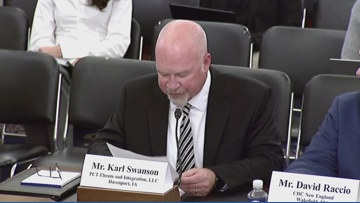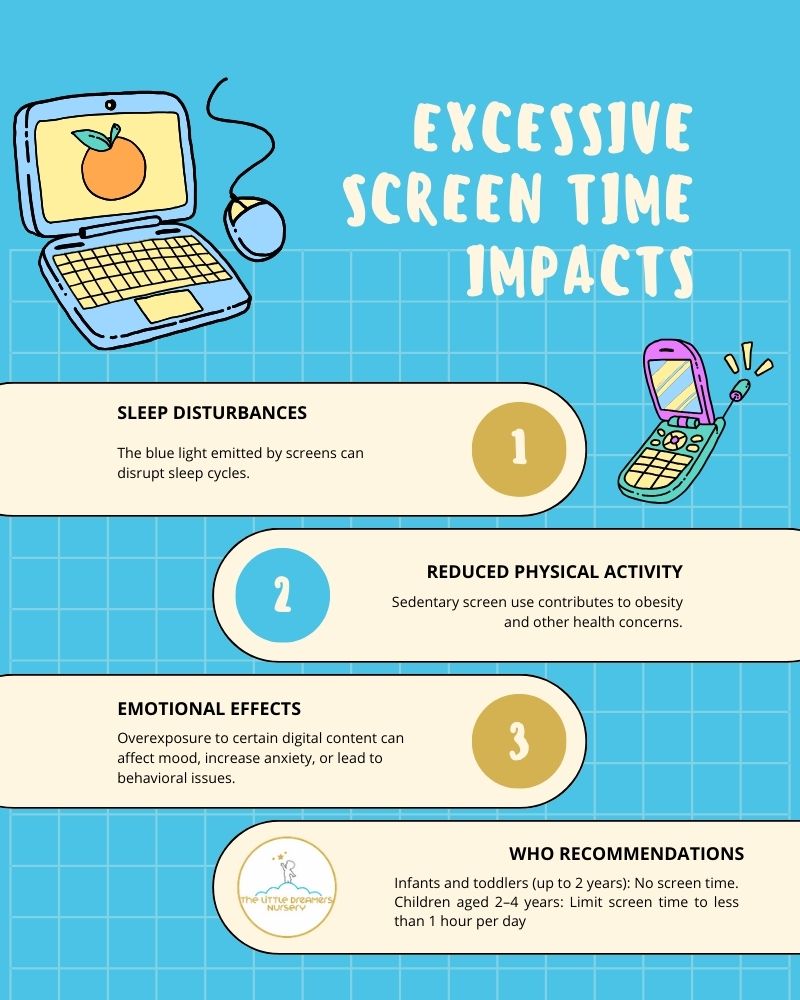Report on Addressing Educational Achievement Gaps with Emphasis on Sustainable Development Goals
Introduction
Let’s Get Ready, an initiative grounded in the conviction that every student can succeed, has focused on addressing widening achievement gaps among diverse student cohorts. This report highlights efforts aligned with the United Nations Sustainable Development Goals (SDGs), particularly SDG 4 (Quality Education), SDG 5 (Gender Equality), and SDG 8 (Decent Work and Economic Growth), to foster inclusive and equitable education opportunities.
Innovative Educational Solutions and Partnerships
Over the past year, Let’s Get Ready has engaged with leaders and organizations to develop tailored educational strategies:
- Closing the Gender Gap in Technology Careers: Reshma Saujani, founder of Girls Who Code, briefed Governors on initiatives to increase female participation in technology, supporting SDG 5.
- Supporting Low-Income Urban Students: Geoffrey Canada shared insights from Harlem Children’s Zone, focusing on educational equity for underserved communities, advancing SDG 1 (No Poverty) and SDG 10 (Reduced Inequalities).
- Addressing Rural Education Challenges: Noa Meyer of rootEd Alliance detailed approaches to improve educational access in rural areas, contributing to SDG 4.
These efforts span from early childhood education to workforce pipelines, including enhanced guidance counseling, online tutoring, and apprenticeships, all aimed at preparing students for meaningful opportunities.
Focus on Gender-Based Achievement Gaps
At a recent Vancouver convening, Dr. Richard Reeves, author of Of Boys and Men and president of the American Institute for Boys and Men, alongside NGA Chair Colorado Governor Jared Polis, addressed the growing educational and social challenges faced by boys and men. This discussion emphasized the necessity of addressing gender disparities inclusively, without detracting from the ongoing support for girls and women.
Key Findings on Boys’ Educational and Social Challenges
- Education: Boys exhibit lower preparedness for school entry, lower GPAs throughout K-12, reduced participation in advanced courses, and lower graduation and bachelor’s degree attainment rates compared to girls.
- Career: Male labor force participation has declined by 7 percentage points over 50 years, with stagnant wages for men.
- Mental Health: Young men report a five-fold increase in lacking close friendships since 1990, are four times more likely to die by suicide than women, and are less likely to access mental health care.
Addressing Gender Gaps Through Inclusive Educational Strategies
Governor Polis highlighted the complexity of gender-related achievement issues and the importance of cultural and pedagogical reforms. Dr. Reeves advocated for recognizing all achievement gaps as critical and pursuing structural investigations and solutions.
Promising Approaches
- Engagement Through Relevant Instruction: Emphasizing hands-on, project-based learning as seen in Career and Technical Education (CTE) benefits both boys and girls by making education more applicable and engaging.
- Understanding Learning Styles: Research suggests boys often require relational learning approaches, understanding the “who” and “why” before engaging with content, which can improve outcomes for all students.
- Increasing Male Representation in Teaching: Addressing the decline in male K-12 teachers (from 33% to 23%) can provide role models and positively influence boys’ educational experiences.
Policy Initiatives and Leadership
Examples of state-level actions include:
- Maryland: Governor Wes Moore’s initiatives supporting boys and men’s educational and social needs.
- Michigan: Governor Gretchen Whitmer’s directive expanding access to college and skills training for men.
- Utah: Governor Spencer Cox’s programs supporting families and parental engagement.
Conclusion and Commitment to Inclusive Success
Governor Polis reaffirmed Let’s Get Ready’s dedication to closing achievement gaps across all demographics, emphasizing inclusivity in preparing every American for success. This aligns with SDG 4’s goal of inclusive and equitable quality education and SDG 10’s aim to reduce inequalities.
Success is defined broadly to include diverse career paths, recognizing the value of professions traditionally dominated by any gender, thereby promoting gender equality and economic growth (SDG 5 and SDG 8).
Multimedia Resource
For further insights, the session video Let’s Get Ready to Educate All Americans for Success is available below:
1. Sustainable Development Goals (SDGs) Addressed in the Article
- SDG 4: Quality Education
- The article focuses extensively on educational achievement gaps, gender disparities in education, and innovative educational approaches such as career and technical education (CTE) and apprenticeships.
- SDG 5: Gender Equality
- Discussions on closing the gender gap in technology careers, addressing achievement gaps for both girls and boys, and breaking down cultural and pedagogical barriers related to gender roles.
- SDG 8: Decent Work and Economic Growth
- Concerns about male labor force participation rates, wage stagnation, and workforce readiness are highlighted.
- SDG 3: Good Health and Well-being
- Mental health challenges among boys and men, including suicide rates and access to mental health care, are discussed.
2. Specific Targets Under the Identified SDGs
- SDG 4: Quality Education
- Target 4.1: Ensure that all girls and boys complete free, equitable and quality primary and secondary education leading to relevant and effective learning outcomes.
- Target 4.3: Ensure equal access for all women and men to affordable and quality technical, vocational and tertiary education, including university.
- Target 4.5: Eliminate gender disparities in education and ensure equal access to all levels of education and vocational training for vulnerable populations.
- SDG 5: Gender Equality
- Target 5.1: End all forms of discrimination against all women and girls everywhere.
- Target 5.5: Ensure women’s full and effective participation and equal opportunities for leadership at all levels of decision-making in political, economic and public life.
- SDG 8: Decent Work and Economic Growth
- Target 8.5: Achieve full and productive employment and decent work for all women and men, including young people and persons with disabilities, and equal pay for work of equal value.
- Target 8.6: Reduce the proportion of youth not in employment, education or training.
- SDG 3: Good Health and Well-being
- Target 3.4: Reduce by one third premature mortality from non-communicable diseases through prevention and treatment and promote mental health and well-being.
- Target 3.5: Strengthen the prevention and treatment of substance abuse, including narcotic drug abuse and harmful use of alcohol.
3. Indicators Mentioned or Implied in the Article to Measure Progress
- Education Indicators
- GPA distribution differences between boys and girls (e.g., two-thirds of top 10% GPA are girls, two-thirds of bottom 10% are boys).
- Rates of high school graduation and bachelor’s degree attainment by gender.
- Enrollment and success rates in advanced-placement courses and career and technical education programs.
- Percentage of male teachers in K-12 education.
- Employment Indicators
- Male labor force participation rate changes over time (e.g., drop from 96% in 1970 to 89% in 2023).
- Wage stagnation metrics for men.
- Mental Health Indicators
- Percentage of young men reporting lack of close friends (increased five-fold since 1990).
- Suicide rates by gender (men four times more likely to die by suicide than women).
- Access to mental health care by gender (men 10 percentage points less likely than women to access care).
4. Table of SDGs, Targets, and Indicators
| SDGs | Targets | Indicators |
|---|---|---|
| SDG 4: Quality Education |
|
|
| SDG 5: Gender Equality |
|
|
| SDG 8: Decent Work and Economic Growth |
|
|
| SDG 3: Good Health and Well-being |
|
|
Source: nga.org







